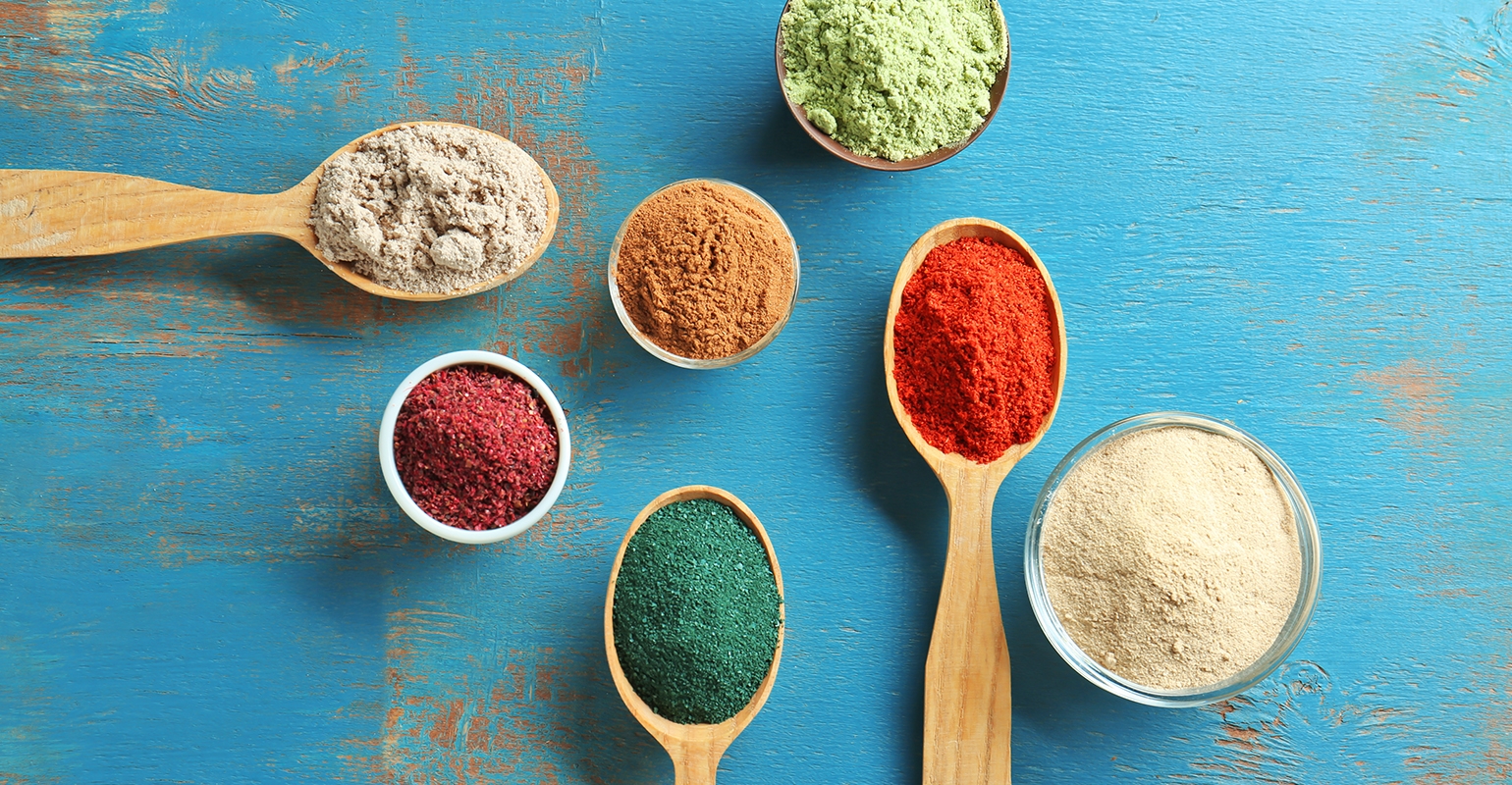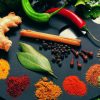- Empty cart.
- Continue Shopping
The Risks of Consuming Excess Artificial Colors

Artificial colors have become ubiquitous in our modern food supply, adding vibrant hues to a wide range of products. While they make food visually appealing, there are significant concerns regarding their impact on human health.
Understanding Artificial Colors
Types of Artificial Colors
Artificial colors, also known as synthetic colors, are chemical compounds that are used to enhance or alter the appearance of food and beverages. They are commonly found in processed foods, candies, beverages, and even medications.
Common Artificial Colors
Some of the most widely used artificial colors include Red 40 (Allura Red), Yellow 5 (Tartrazine), Blue 1 (Brilliant Blue), and Green 3 (Fast Green).
Health Risks Associated with Artificial Colors
Hyperactivity in Children
Numerous studies have suggested a link between artificial colors and hyperactivity, particularly in children. Some individuals, especially those with attention deficit hyperactivity disorder (ADHD), may be more sensitive to these additives.
Allergic Reactions
Artificial colors can cause allergic reactions in some individuals. Symptoms may include hives, itching, difficulty breathing, and in severe cases, anaphylaxis.
Potential Carcinogenic Effects
While the evidence is not definitive, some studies have raised concerns about the potential carcinogenic effects of certain artificial colors, particularly in high doses.
Disruption of Hormonal Balance
Some artificial colors, particularly those derived from coal-tar, have been associated with disruptions in hormonal balance. This can have wide-ranging effects on various bodily functions.
Regulatory Measures and Labeling
Regulatory Oversight
In many countries, regulatory agencies like the Food and Drug Administration (FDA) in the United States and the European Food Safety Authority (EFSA) in Europe oversee the use of artificial colors in food products.
Labeling Requirements
Food manufacturers are required to list artificial colors on product labels, allowing consumers to make informed choices about their purchases.
Natural Alternatives and Consumer Choices
Embracing Natural Colors
Natural food coloring options derived from fruits, vegetables, and plants are increasingly available and provide a safer alternative to artificial colors.
Reading Labels and Making Informed Choices
Consumers can play a significant role in reducing their exposure to artificial colors by carefully reading labels and choosing products that use natural coloring agents.
Finally, While artificial colors may enhance the visual appeal of our food, it’s important to be aware of the potential risks associated with their consumption, particularly in excess. By making informed dietary choices and opting for natural alternatives, we can prioritize our long-term health and well-being. Remember, a balanced and wholesome diet is key to maintaining optimal health.








